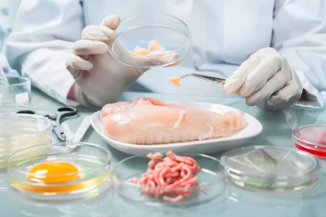
Accreditation is a crucial term in the field of laboratory accreditation, providing official authorization to or approval of calibration laboratories. It can be defined as providing credentials, vouching for conformity with a standard, or recognizing an educational institution as maintaining standards that qualify graduates for higher or more specialized institutions or professional practice. In the U.S., four bodies are mutually recognized to provide accreditation to ISO/IEC 17025: the National Voluntary Laboratory Accreditation Program (NVLAP), the American Association for Laboratory Accreditation (A2LA), the International Accreditation Services (IAS), and Assured Calibration Laboratory Accreditation Select Services (ACLASS).
Mutual Recognition Arrangements (MRAs) are documented systems whereby a consortium of participating countries provides confidence and correctness in each participant's accreditation activities through consensus, evaluation, and validation of each other's processes. These MRAs include international proficiency testing, use of consensus methods, uniform interpretation of standards, and agreed-upon criteria for traceable chains of measurements.
Calibration has been with us throughout the ages, with measurements spaning various disciplines and industries. The introduction of ISO 9000 series of quality standards in the late 1980s standardized calibration requirements, but it did not define requirements for calibration suppliers. With the release of QS-9000, the criteria were better defined, requiring calibrations performed by outside suppliers to be compliant with ISO/IEC 17025 or equivalent, or by the OEM. However, as third-party calibration laboratories multiplied and competition increased, quality processes decreased, leading to less experienced personnel performing calibrations, shortcuts in traceability, extended calibration cycles without justification, and abbreviated calibration of instruments to shorten calibration times.




